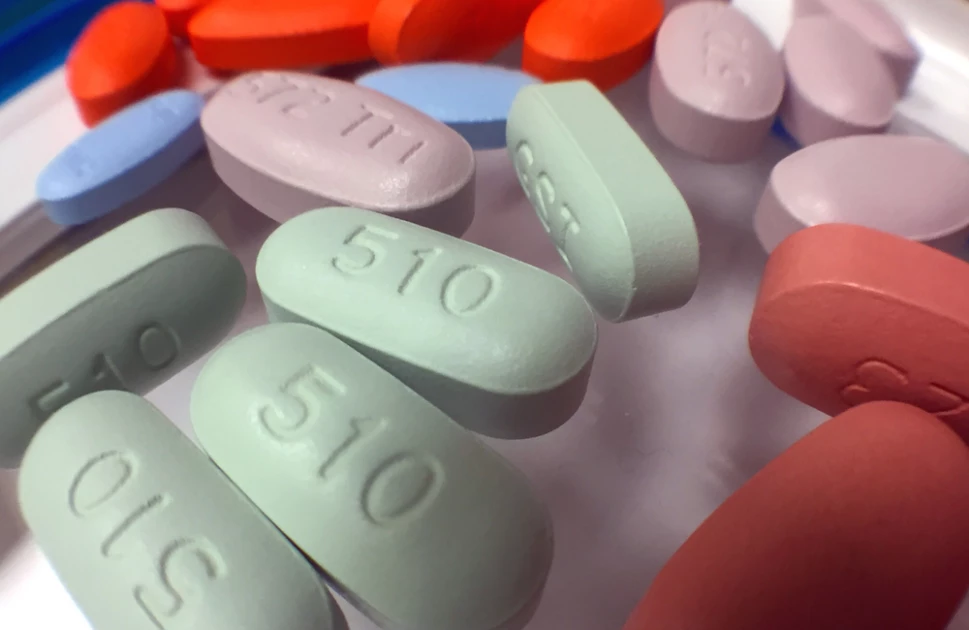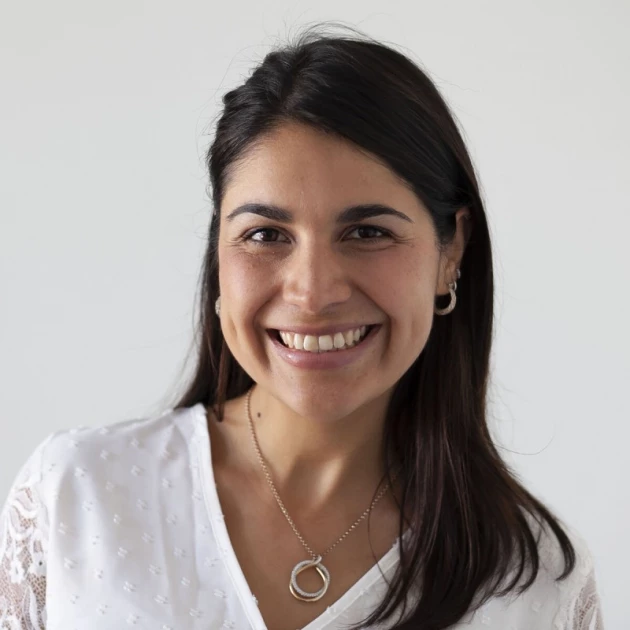OPINION: How to make sustainable regional production of antiretrovirals in Africa a reality


In the global fight against HIV and AIDS, securing access to affordable and uninterrupted antiretroviral (ARV) treatment stands as a critical pillar of public health.
Recent years have seen an increasing recognition of how important regional production can be to securing a reliable supply of medicines and vaccines – but large-scale local manufacturing is still an ambition rather than a reality in Africa, with many countries importing around 80% of pharmaceuticals to meet the needs of their citizens.
This World AIDS Day, as the spotlight falls again on this deadly disease, we must consider: what role can regional production play in boosting access to key treatments – and what will it take to enable this to happen?
In the past few decades, there has been incredible progress in HIV treatment. By 2022, around 29.8 million people were receiving ARV therapy, and the number of AIDS-related deaths has dropped by over 98% since the start of the epidemic.
Funding from key donors, such as the Global Fund to Fight AIDS, Tuberculosis and Malaria, as well as the efforts of generic medicine manufacturers - particularly Indian generic companies in expanding access to affordable ARVs - have significantly reduced treatment costs.
The world, particularly Africa, has made significant progress toward achieving the UNAIDS '95-95-95' targets, which aim for 95% of people living with HIV to know their status, 95% of diagnosed individuals to be on treatment, and 95% of those on treatment to have suppressed viral loads.
Several countries, including Botswana, Eswatini, Rwanda, Tanzania, and Zimbabwe, have successfully met these targets, highlighting the potential for improving HIV care and treatment outcomes. As of 2022, Kenya is also well on track with a progress of 94–94–89.
Despite this, significant disparities persist. Over nine million people living with HIV lack access to necessary ARV treatment, with Africa bearing the largest burden. More than 65% of the global population with HIV lives on the continent, totaling 25.6 million infections.
Now more than ever, there is increased political will and interest to strengthen regional production in Africa – spurred, in part, by the stockouts of ARVs and other essential medicines during the COVID-19 pandemic. Currently, given that a significant quantity of HIV medicines are imported, it is important to develop local production capabilities to ensure a reliable supply of life-saving medications.
Additionally, many countries rely on external funding for HIV/AIDS programmes, so domestic production is crucial for improving access to treatment. Beyond improving healthcare, local production has the potential to drive economic development and create opportunities in the region, contributing to its long-term growth.
Recent developments, such as the establishment of the African Medicines Agency, as well as regional regulatory harmonisation efforts such as the ZaZiBoNa Collaborative Procedure for Medicines Registration, show commitment from governments and national regulatory authorities to streamline regulatory pathways, making it simpler for manufacturers – from smaller African-based suppliers to multinational pharmaceutical companies - to bring their products to market.
Catalysing regional manufacturing in Africa is also at the top of the agenda for global players. PEPFAR has outlined ambitious manufacturing targets for the continent, aiming for at least two million people to be using products manufactured within Africa by 2030.
In 2025, PEPFAR also plans to procure African-made HIV tests, with an estimated cost of USD 20 million. By setting out these targets for the coming years, PEPFAR is signalling to manufacturers in Africa that there will be a favourable market for their products, potentially stimulating them to begin or step-up production of ARVs and diagnostics.
There are several African manufacturers producing and supplying ARVs domestically and regionally. Companies like Universal Corporation in Kenya, Quality Chemical Industries in Uganda, and Aspen Pharmacare in South Africa have even achieved WHO prequalification, which allows them to sell to buyers like the Global Fund.
However, local manufacturers still face challenges, including limited access to funding for capital investment; high prices of ARV Active Pharmaceutical Ingredients (APIs), which can make up about 70% of the cost of the finished products; and levies and taxes for APIs and key staring materials.
Earlier this month, the managing director of Universal Corporation cited obstacles in getting sustained demand for ARVs and the ongoing reliance on donor funding.
To ensure the sustainability and growth of regional pharmaceutical production, the right conditions need to be in place. This means consistent government policies, revamping procurement, streamlined regulation, capital support for development, and aligning national and regional policies to support products for which there is an established demand. Success also hinges on fostering stronger strategic partnerships and collaboration among stakeholders.
The playing field needs to be leveled, as African manufacturers are still very much at a disadvantage compared to their more established Indian and Chinese counterparts. This discrepancy is evident in the pricing of locally manufactured products.
Anecdotally, some manufacturers have even lost contracts for just a 1% price difference. To address this issue procurers can prioritise locally manufactured goods in their procurement decisions, while also moving away from a price-centric system. Positive strides are being made, and organisations like the Global Fund, PEPFAR and UNICEF are reevaluating their procurement strategies.
Many countries, notably Nigeria, are setting out strategies and implementing policies to boost local manufacturing. In Kenya, the government aims for least half of the drugs defined as "essential" by the World Health Organization to be produced domestically by 2026, and seeks to ensure this through regulations, support for local manufacturing, and increased taxes on imported healthcare products.
In the future, ARV manufacturers can also look to adapt their strategies – and optimise their existing manufacturing capacities - by diversifying into additional markets and products. Whereas African-based ARV manufacturers have predominantly prioritised manufacturing products for the public sector and, to a lesser degree, to serve the donor market for ARVs, expanding their focus towards the private sector or exploring diverse therapeutic areas will become increasingly important for long-term success.
Untapped potential also lies in greater 'south-south collaboration'. Tapping this potential would enable low- and middle-income countries to exchange knowledge, transfer skills and technologies, and capitalise on shared learnings.
Successful partnerships between Africa-based manufacturers, multinational companies, and government entities already showcase the crucial role of such efforts in capacity building and localising production.
For example, the collaboration between Cipla, Quality Chemical Industries, and the government of Uganda led to the establishment of a pharmaceutical plant focus on local production of medicines including ARVs and antimalarials,
No doubt, making this transformation will come with challenges. It will require significant investment, careful prioritisation, and strong collaboration between funders, government, regulators, and the pharmaceutical industry.
Nevertheless, the potential benefits, including improved access to affordable, quality-assured medicine in the region, reduced reliance, and fortified resilience against future pandemics and crises, are immense. The collective will is there.
Now, practical steps can be taken to harness it, hit 95-95-95 goals across the continent, and ensure that people living with HIV in Africa have access to medicines they need.
Claudia Martínez is Head of Research, Access to Medicine Foundation
Want to send us a story? SMS to 25170 or WhatsApp 0743570000 or Submit on Citizen Digital or email wananchi@royalmedia.co.ke
Comments
No comments yet.


Leave a Comment